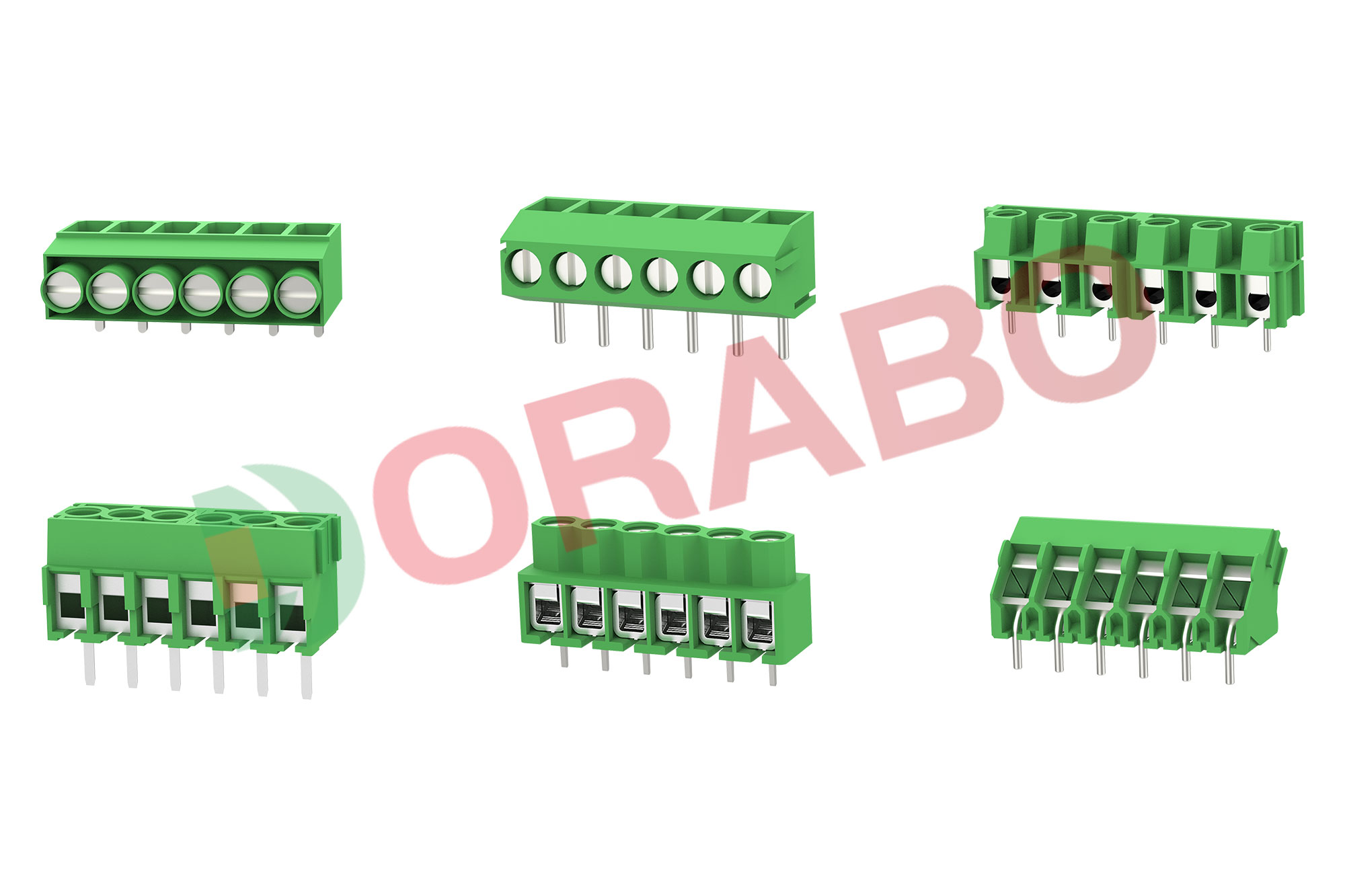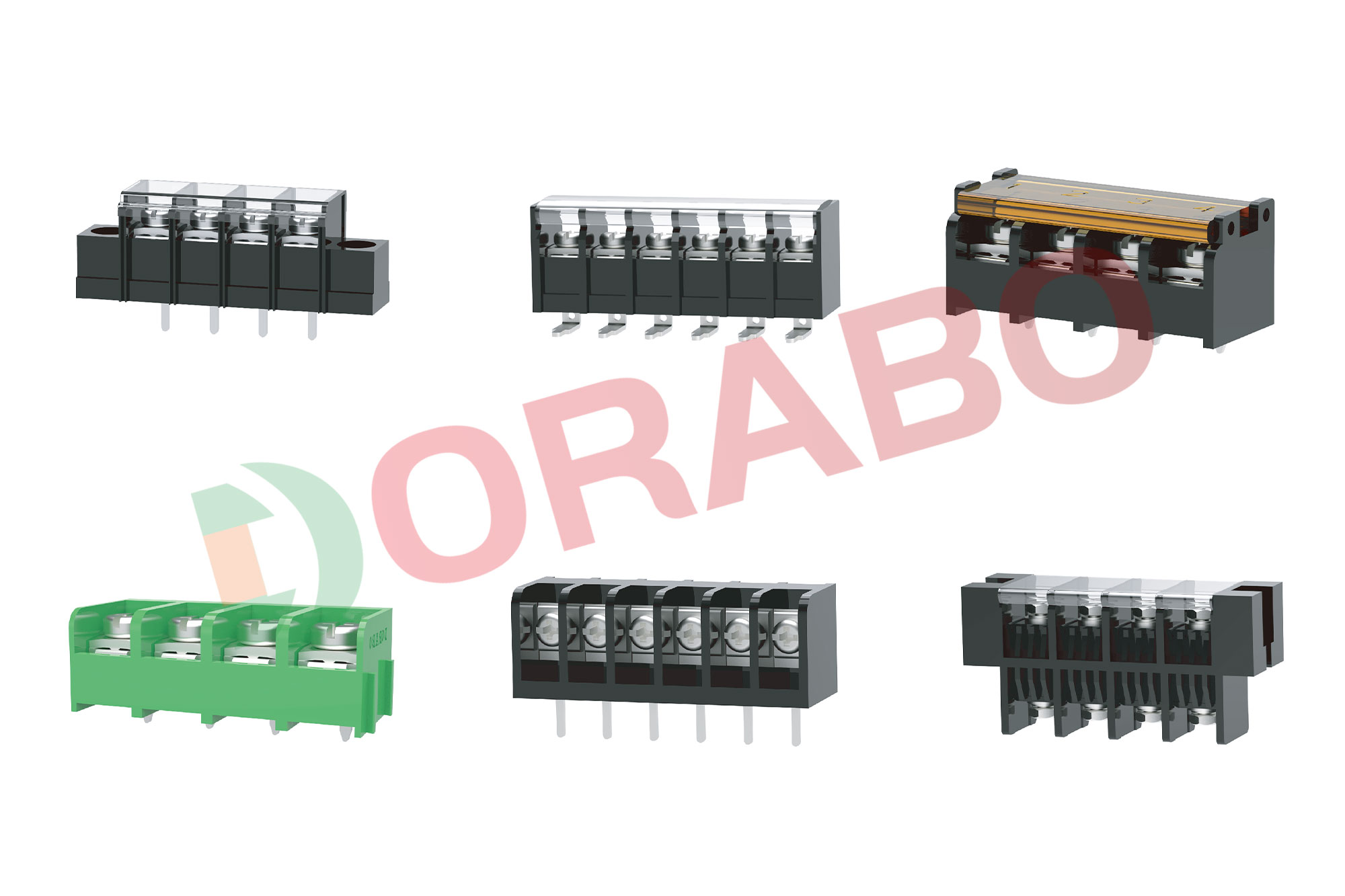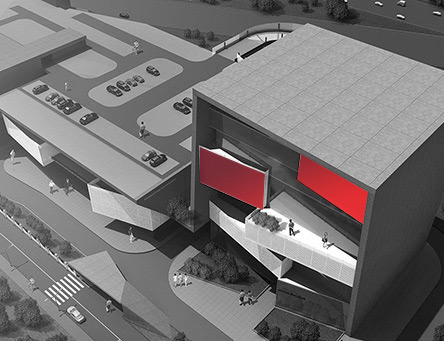What Terminal Blocks Are
A Electrical Terminal Blocks is a modular, insulated block that secures two or more wires together. Factories use terminal blocks to secure and/or terminate wires.
In their most basic form, terminal blocks consist of several individual terminals which are arranged in a long strip. The terminal block is most useful for connecting wiring to the ground.
There are hundreds of millions of terminal blocks in use today, with more being installed every day.
Advantages of Terminal Blocks
The biggest advantage of terminal blocks is the cost. They’re cheaper compared to other types of connectors.
Terminal blocks also can be a time saver as the process to connect wires isn’t as elaborate as some others are. Most well-equipped shops can connect wires using a terminal block easily just by stripping them.
Reduce Space
By investing in multi-level terminal blocks you can reduce panel space by up to 50%. That’s because the multi-level blocks contain multiple levels of circuits with that single block.
Increase Safety
Terminal blocks increase safety by grounding, isolating, and protecting the other components in the electrical circuit. Terminal blocks are available with finger-safe connections to prevent electrical shock.
And, terminal blocks can also provide test points, which add even more safety to the circuit.
Easy Installation
They can then be installed using a screwdriver. They also ensure fast connection/disconnection which helps with both maintenance and troubleshooting.
With electrical power, the electrical terminal block is used to connect electrical switches and outlets to the mains.
Made of Copper Alloy
Most terminal bodies consist of a copper alloy that uses the same expansion coefficient as the wire intended for use. Using the same expansion coefficient helps prevent loosening due to differing expansion rates.
It also reduces corrosion which is caused by electrolytic action between two different metals.
Disadvantages of Terminal Blocks
The biggest disadvantage of terminal blocks is that wires can be knocked loose from them if vibration or jostling happens. Even well-secured connections are vulnerable to being knocked loose.
Always test connections before implementing them. Make sure it can withstand the conditions it’s being put to.
Terminal blocks are also sometimes too large for the areas where they’re needed. They often make better options where in-cab and non-essential wiring is used.





















 Contact us
Contact us Language
Language


